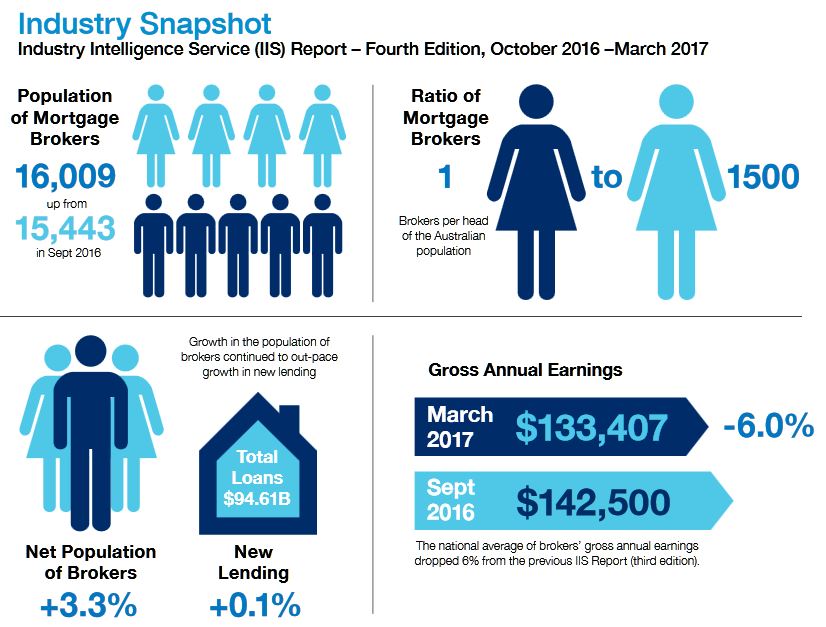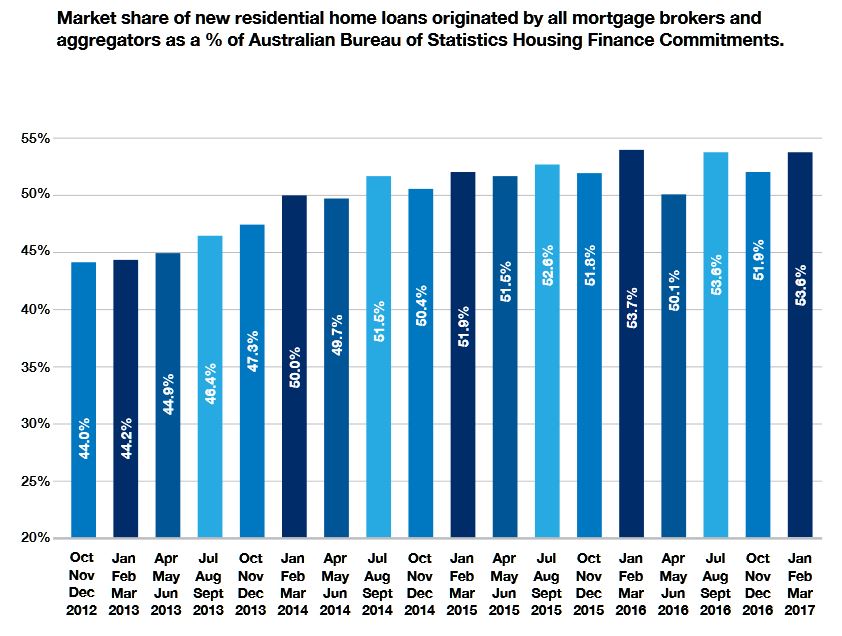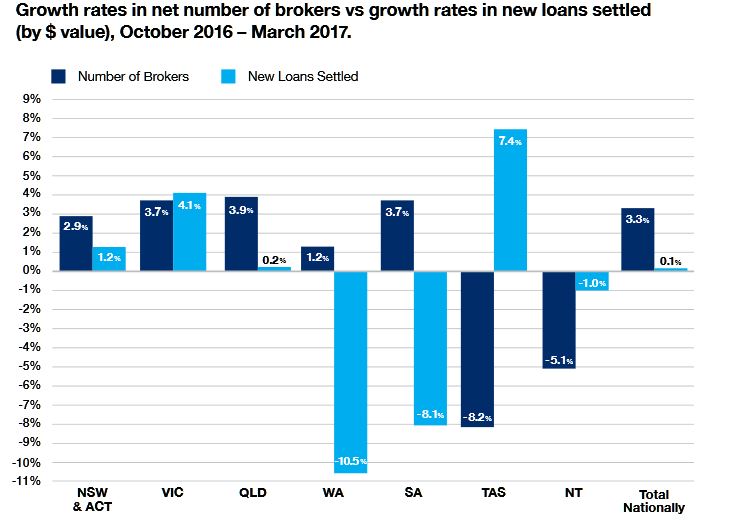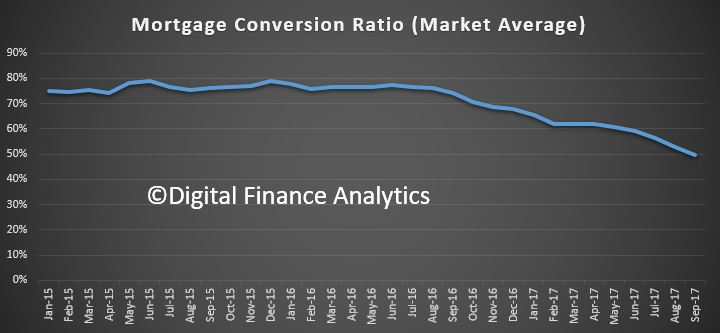By the end of 2020, brokers will be given a “unique identifier number” and be subjected to a new code of conduct, following changes that are to be instituted by the Combined Industry Forum.
The newly released reform package from the Combined Industry Forum has outlined changes to remuneration structures (including changes to upfront and trail commissions) and recommended that the sector would be subject to new code and identifier numbers “to allow for more complete reference checking and identification of poor performers”.
New industry code
While the industry code is yet to be developed, the CIF outlined that it would begin working on a new code by “mid 2018”.
The report read: “The proposed reforms will be industry-led, and individual industry participants have committed to taking immediate steps (having regard to competition law requirements) to implement the reform package. However, to ensure the ongoing viability of the reforms and equal consumer protections, the reforms will need to be captured in an industry code that enables enforcement, applies across the industry and includes new participants over time.
“The CIF is considering a number of approaches, including working with ASIC on establishing an ASIC-approved code for all participants in the mortgage industry, and/or repurposing current industry codes to include these reforms, and to house the appropriate monitoring and compliance functions.”
The code will reportedly take into account the outcomes of the ASIC Enforcement Review’s assessment of ASIC’s code approval powers, and any new obligation for industry participants to subscribe to an approved industry code.
The report continued: “A ‘mortgage broking industry code’ would apply to mortgage brokers, lenders, aggregators and, where appropriate, referral businesses and would be subject[ed] to all applicable regulatory and competition law approvals.”
Speaking to The Adviser about the code, Combined Industry Forum chairman Anthony Waldron said: “It’s really important that we work with ASIC and the government on this to get it right. So that’s whether we repurpose one of the existing codes (for example, there are codes with the industry bodies) or whether it is another ASIC-led code.
“We are still working through exactly how that works, but we think codifying these changes is important to ensure that the industry absolutely implements them. This is a coded, directional piece to say, [and] we want to make sure that the industry takes it seriously and that the government and all players can be ensuring that they are comfortable the industry is moving forward. The code will provide that ongoing monitoring to ensure that it will happen in the future.”
The CEO of the Mortgage & Finance Association of Australia (MFAA), Mike Felton, said: “This ‘mortgage broking industry code’ would apply to all players across the value chain. It may be a new standalone code or an addition to existing codes, and adherence to it could even become a future licence condition of relevant ACL holders.
“We are completely confident in brokers’ ability to create consistently good consumer outcomes, but we’re equally confident in the industry’s ability to do more to show transparency and ensure the trust we’ve earned from consumers is maintained in the long term. I am looking forward to continuing our work with the CIF and ASIC and implementing these reforms.”
Likewise, Peter White, the executive director of the Finance Brokers Association of Australia (FBAA), said: “Both associations already have a code of conduct, so this is a serious work in progress that is more of a headline statement with a desire as much as anything.
“It could be that we take the best of breed of everything and turn it into one. That is a decision that would have to be made by the MFAA and FBAA boards to see if we are prepared to replace the code or have it as an additional code on top of the ones we already have.”
He added: “Bankers already have their code of conduct, and I can’t see anyone replacing that — so they would have that and this newly proposed code as well. So, it could be that we have two as well, but these discussions are yet to be had on what the code would look like.”
Unique identifier numbers
Another aspect of the CIF’s “landmark reform package” that aims to “improve consumer outcomes and confidence in mortgage broking” is the introduction of a new unique identifier number for brokers.
First suggested by the MFAA to help provide ASIC with “the complete and accurate broker picture it desires”, the association suggested the industry bring in a “single broker identifier number” that would be mandatory for use on each home loan sold.
“Such a unique identifier of the broker that has intermediated any loan must be provided to the lender with the application and stored by the lender throughout the life of the loan and for a period of seven years after the last interaction with a customer in line with other NCCP Act requirements,” the MFAA stated in its response to Treasury.
The MFAA noted earlier this year that while there were existing identifiers in use, such as credit licence numbers or credit representative numbers, it is not “clear whether these numbers cover all brokers and staff”.
As such, the association proposed that it could therefore require a “different number” to be used by those who operate directly under their employer’s ACL number.
“This solution may initially be a lender-specific unique identifier, but in time, ideally each broker should receive a single identifier across all lenders,” the submission read.
This suggestion has been taken up by the CIF, whose report stated: “In response to Sedgwick’s recommendation that ‘the industry needs to improve the governance and oversight of brokers, lenders and aggregators, the CIF has proposed that it bring in new unique identifier numbers for brokers.
“The industry intends to work with the government to implement a unique identifier for each broker and introducer/referrer to lender, noting that there is investigation required around how this can be implemented.
The unique identifier should be held on a register of brokers maintained as a reference checking protocol for credit professionals moving between aggregators or moving from working with a lender to an aggregator.
The CIF elaborated: “Ideally, this identifier would be maintained throughout a person’s career across financial services industries, such as financial planning, mortgage broking, referring/introducing and as a lender-employed banker, and be managed centrally by ASIC. Once fully implemented, this identifier would be used by aggregators, lenders, associations and ASIC, and be held against all loans lodged at the lender level to assist with data analytics.”
Mr Waldron told The Adviser: “There is a lot of work still do with this one and we will need to work with ASIC closely on that. This [number] is designed to be portable, so you take it with you no matter where you are working. We think that will improve a whole range of things, but ensuring that the governance that we talk about can be implemented — and that if people change aggregator, for example — that reporting can continue.
“Down the track, we think that efficiencies can be created out of it for the industry as well. But we still have a bit of fair work to do to implement this one and we will need ASIC to implement this.”
The FBAA’s Peter White said that he could “see the value in a unique number that carries across everything and that helps manage the industry”, particularly as bankers who write home loans aren’t captured by ASIC’s current register of those operating with ACLs and ACRs.
He said: “So, I see this new number — if it’s set out in a desirable way — not changing anything else but enhancing what is already in place.”
The CIF outlined that it expects the unique identifier numbers to be implemented by the “end of 2020”.









